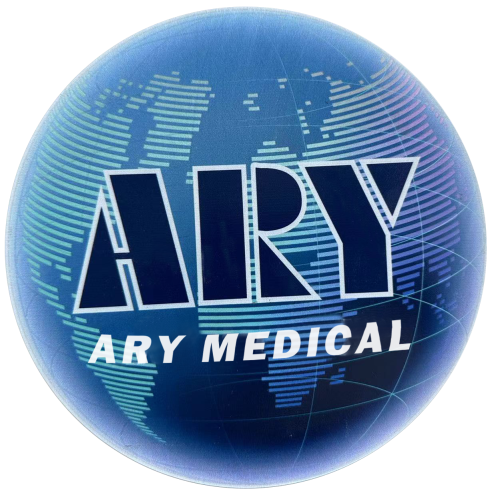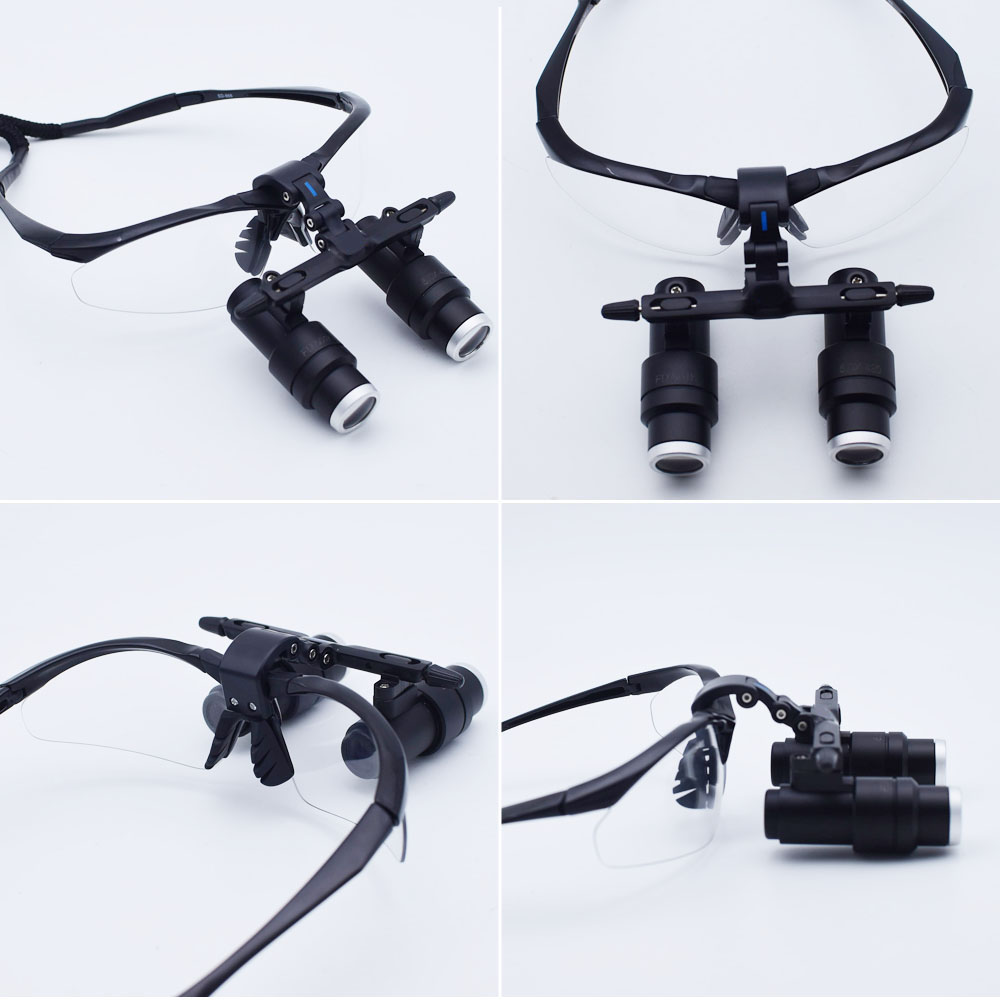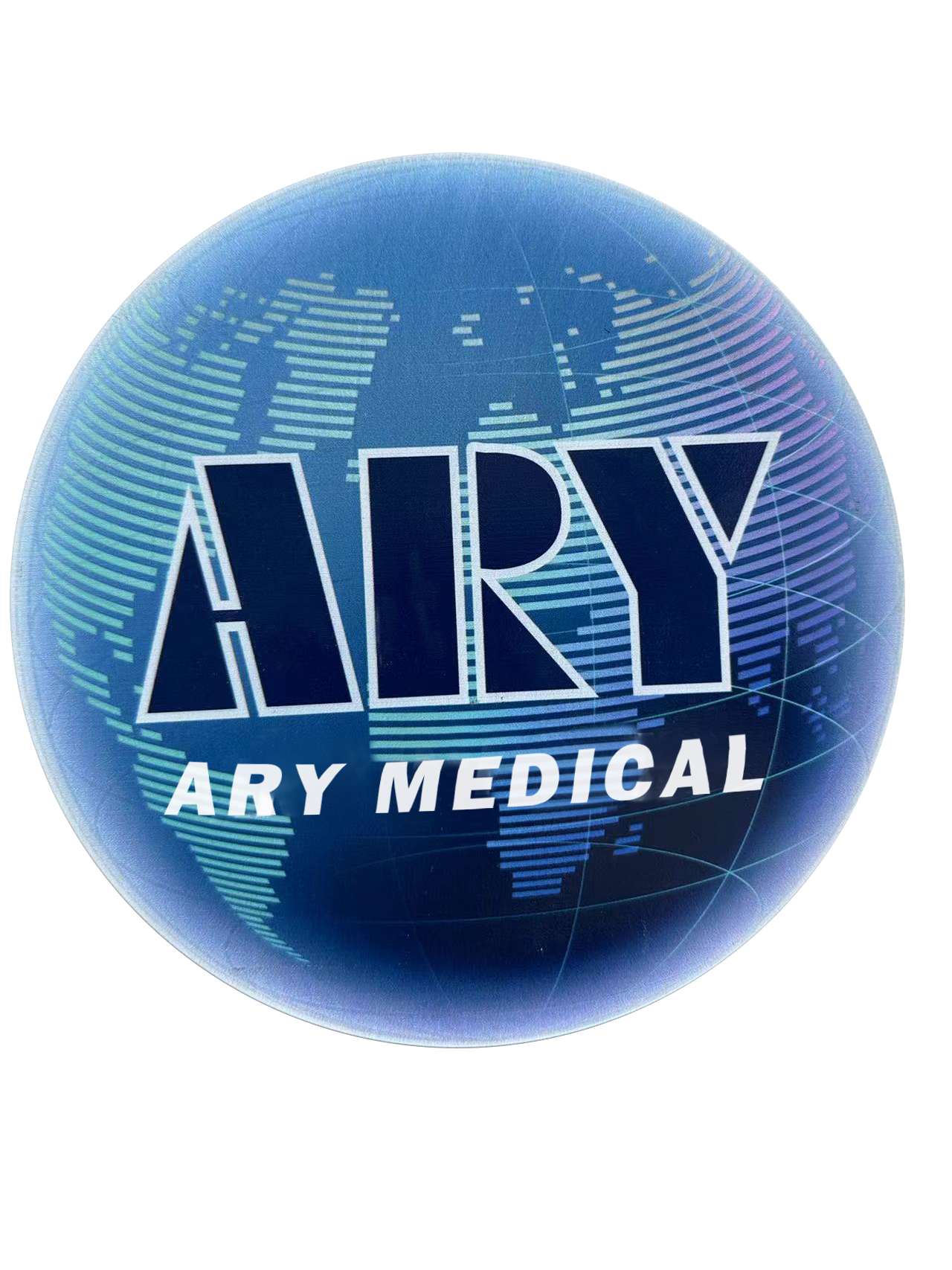The Evolution of Medical Headlights
From the dim glow of early oil lamps to the bright shine of modern LED lights, the story of medical headlights is all about progress. In the past, surgeons used big, fixed lights that made it hard to avoid shadows. These early setups often limited visibility and slowed down procedures. Things changed when wearable headlights came along, letting the light follow the surgeon’s every move. This innovation allowed surgeons to work more efficiently and confidently. Newer technologies like high-powered LED lights have made surgeries even easier and more precise, providing a level of illumination that revolutionized how complex procedures are performed.
How Medical Headlights Work
Modern medical headlights are amazing tools. They use strong light sources, like LEDs, and special lenses to focus the light right where it’s needed. Surgeons can adjust the brightness, and the devices are lightweight to make long surgeries more comfortable. Many headlights now have rechargeable batteries, so surgeons don’t need to deal with annoying cords. These advancements ensure that portable surgical lighting has become a key part of making operations run smoothly. Modern designs even incorporate energy-saving features to reduce power consumption while maintaining brightness, making them both effective and eco-friendly.
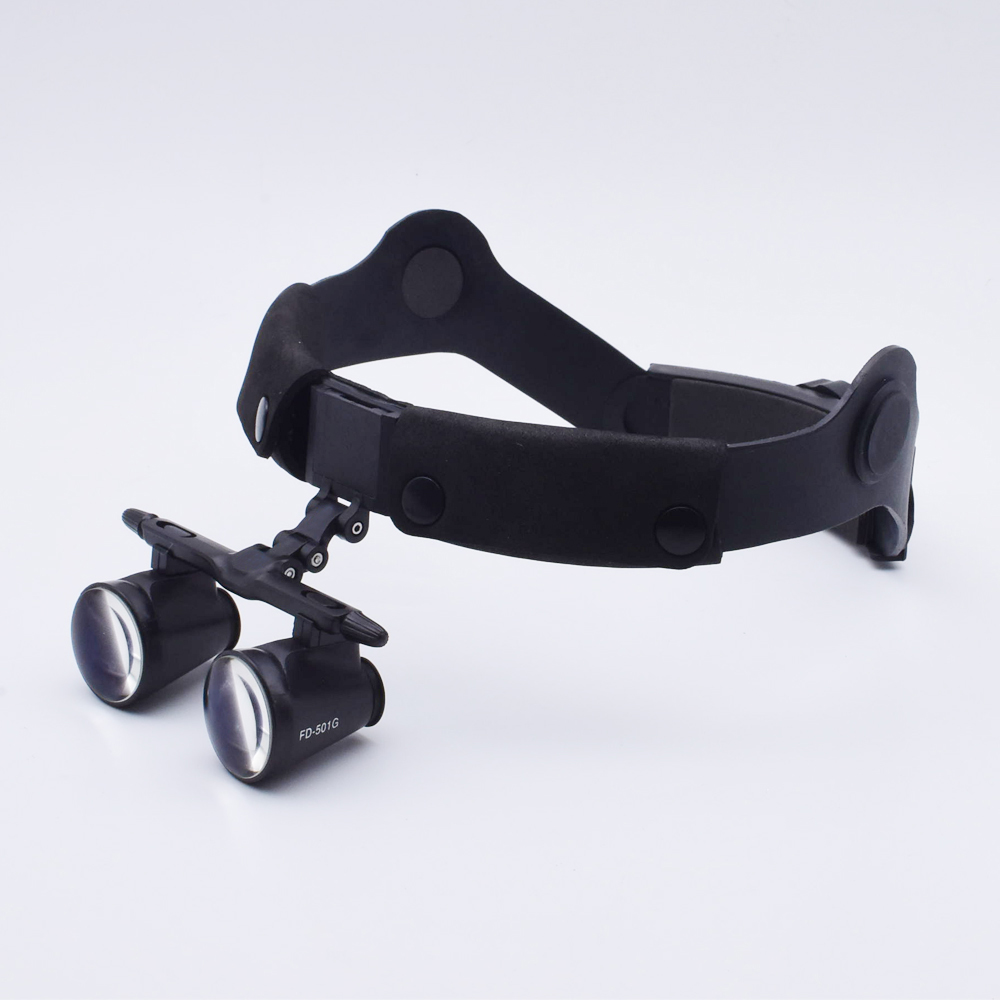
Types of Medical Headlights
- LED Headlights: These are super bright, save energy, and last a long time. Their consistency and reliability make them the top choice for most surgeons.
- Halogen Headlights: Less common now, these give off warmer light but use more energy. They’re often preferred in specific procedures requiring softer lighting.
- Corded vs. Cordless: Cordless models let surgeons move freely, while corded ones provide constant power without recharging. The choice between these depends on the length and type of surgery being performed.
Advantages of Medical Headlights
- Better Precision: No shadows or uneven light, so surgeons can see clearly. This level of accuracy is essential in delicate operations like brain or heart surgeries.
- Comfortable Design: Lightweight and easy to adjust, these headlights help during long operations by reducing physical strain.
- Great Mobility: Surgeons can move easily, and some models work perfectly with magnifying lenses. This mobility ensures uninterrupted focus on critical tasks.
- Reduced Operating Room Downtime: With consistent and reliable lighting, procedures can be performed more efficiently, reducing the overall time patients spend under anesthesia.
Applications Across Medical Specialties
- Brain Surgery: Helps surgeons see tiny details clearly, thanks to advanced lighting. Enhanced visibility minimizes risks during intricate procedures.
- Dental Surgery: Bright lights make it easier to work in small, hard-to-reach areas, improving the accuracy of treatments like root canals or extractions.
- Cosmetic Surgery: Clear, detailed lighting ensures the best results for patients. From delicate facial surgeries to intricate body contouring, proper lighting is crucial.
- Animal Surgery: Portable lights help vets handle animals of all sizes, even the smallest ones. Vets performing surgeries on birds, reptiles, or small mammals rely on focused lighting to ensure precision and care.
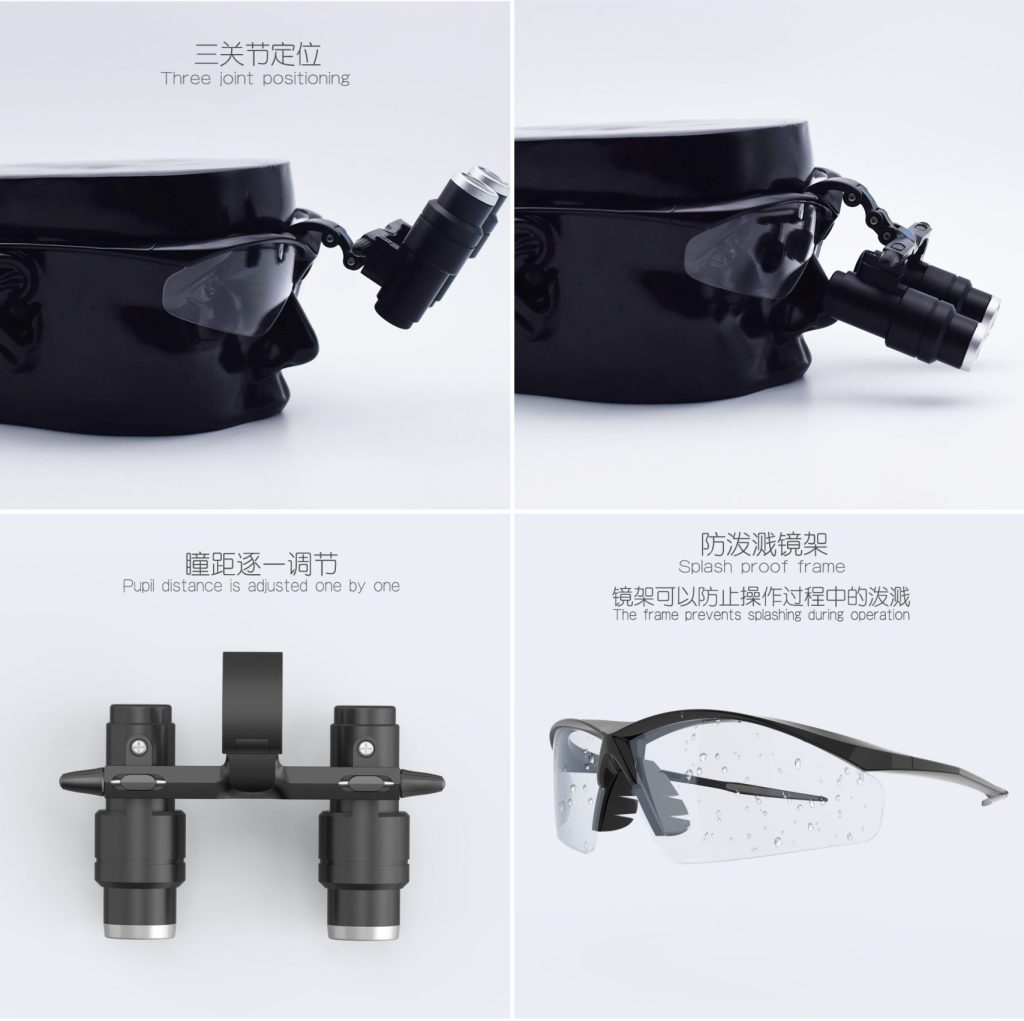
Maintenance and Care
Taking care of your medical headlights[^1] means they last longer and work better. Keep them clean, store them safely, and replace the batteries when needed. Regular maintenance ensures that their brightness and functionality remain top-notch. Energy-saving LED systems[^2] are easy to maintain and keep running smoothly. Following manufacturer guidelines for cleaning and storage[^3] is crucial to prolonging the lifespan of these devices.
[^1]: Learn the best practices for maintaining medical headlights to ensure their longevity and optimal performance.
[^2]: Discover the advantages of using energy-saving LED systems in medical devices for better efficiency and maintenance.
[^3]: Understand the importance of adhering to manufacturer guidelines to prolong the lifespan and functionality of medical devices.
The Future of Medical Headlights
Exciting new technologies are on the way. Some headlights now include AI to adjust light automatically, or even augmented reality to give surgeons extra information during operations. These changes aim to make surgeries even more precise and less tiring. AI-driven smart systems can optimize brightness and focus dynamically, while augmented reality overlays critical data like patient vitals directly into the surgeon’s field of view. Customizable headlights and smart features will continue to improve healthcare lighting, making them indispensable tools in modern medical practice.
Key Considerations When Purchasing Medical Headlights
- Brightness Options: Choose a headlight that lets you adjust the light for different tasks. Surgeons performing detailed work often need variable brightness levels.
- Comfortable Fit: Lightweight designs help reduce fatigue during long surgeries. Adjustable head straps ensure a snug fit for all users.
- Battery Life: Pick models with batteries that last a long time and recharge quickly. Reliable power sources minimize interruptions during critical procedures.
- Lens Compatibility: If you need magnification, make sure the headlight works with surgical loupes. Proper integration improves both focus and clarity.
- Good Support: Look for warranties and helpful customer service to make your purchase worry-free. Knowing that replacement parts or repairs are easily available adds peace of mind.
By thinking about these factors, medical professionals can find headlights that meet their needs and improve their work. Investing in the right tools ensures better results and higher efficiency.
Frequently Asked Questions About Medical Headlights
- Why Are LEDs Better Than Halogen Lights? LEDs are brighter, use less energy, and last much longer than halogen lights. They are also more environmentally friendly due to their energy efficiency.
- Can You Use Headlights with Magnifying Lenses? Yes, many headlights are designed to work perfectly with surgical loupes for extra detail. This combination enhances precision in complex surgeries.
- How Do You Make Cordless Headlights Last Longer? Recharge the battery after use, avoid overcharging, and store it in a cool, dry place. Proper care ensures longer operational life.
- Are There Disposable Options for Clean Surgeries? Some manufacturers offer disposable covers to keep headlights sterile. These are especially useful in high-risk environments.
- What New Features Are Available? Modern headlights now include AI for automatic adjustments and augmented reality to show important data during surgeries. These tools make surgeries more efficient and safer.
- Can Vets Use Medical Headlights? Yes, high-powered headlights are very useful for surgeries on animals, from tiny birds to large pets. Their portability and precision make them indispensable in veterinary practices.
- What Is Augmented Reality in Headlights? AR adds real-time data, helping surgeons see internal structures and make more accurate decisions. It transforms how surgeries are planned and executed.
- How Are LEDs Energy Efficient? LEDs use less power but shine brighter and last longer than other light sources. This reduces operational costs while maintaining high performance.
By answering these common questions, medical professionals can understand how to pick and use the best medical headlights. Important points include the brightness and efficiency of LEDs, how headlights work with magnifiers, and the value of energy-saving and customizable features. These considerations ensure the best outcomes for both surgeons and patients.
Case Studies: Real-Life Impact of Medical Headlights
- Improved Brain Surgery: One neurosurgeon used advanced LED headlights to remove a complex brain tumor with incredible accuracy, saving time and improving patient outcomes. The precision and clarity offered by these headlights were unmatched.
- Dental Success Stories: Dentists say portable lights have made oral surgeries easier and more precise. Bright and adjustable lighting allows better visualization of hard-to-reach areas.
- Helping Animals: Vets share how strong, focused lights help them perform delicate operations on small animals like birds and reptiles. High-quality lighting improves outcomes and reduces stress for both the animals and the vets.
Closing Thoughts
Medical headlights aren’t just tools; they’re essential for modern surgeries. As technology improves, these devices will help medical professionals work with even more confidence and precision. Whether it’s using AI smart lights or energy-saving LEDs, investing in the right headlights means better results for patients and surgeons alike. Future innovations will undoubtedly continue to make surgeries safer, faster, and more effective for everyone involved.
